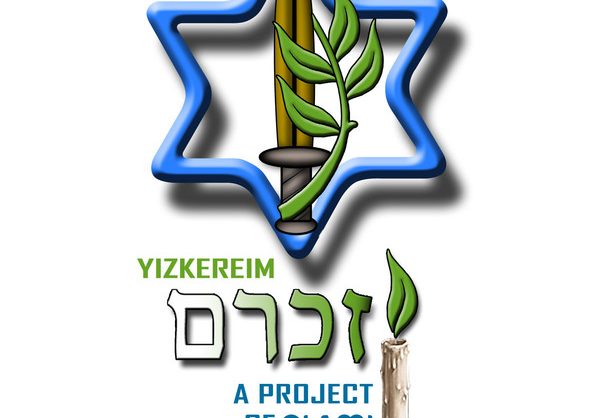Lifshitz, Zvi (Zvika)
Son of Rivka and Reuven, was born on March 16, 1927 in Tel Aviv, where he received his education, first in an urban school and later in the “Shalva” high school. When he was 14 years old, he went to Kibbutz Ein Gev for training in the Hanoar Haoved movement. Where he worked in quarrying stones, building and guarding, but most of all loved the fishing in the Sea of Galilee. When he was 15 years and three months he fought in the ranks of the British army against the Nazi enemy and from then until the day of his fall was his life dedicated to the Haganah and the struggle. In the British Army he served for over four years and in the Jewish Brigade he underwent a course for modern weapons and artillery. In Italy he participated in battles against the Germans and was wounded by a grenade. When he was wounded and bleeding, he continued to work near the machine gun until he was removed from the battle site and transferred to a hospital. After the surgery he asked the doctor to return him to his unit, knowing the shortage of people. In the summer of 1946, upon his discharge from the army, he joined the Haganah and in the spring of 1947 was required to enlist in the police, which was then emptied of Jews. After completing a police training course in Bethlehem, he served in the Tel Aviv police force and at the outbreak of the War of Independence, immediately after the UN General Assembly decided on 29 November 1947 to divide the country into two states and spent days and nights in Hagana positions on the Jaffa border. On May 5, 1948, he was promoted to the rank of sergeant and was sent as a weapons officer at the police academy, but he could not stay long in the rear. His unit participated in the battles for the conquest of Lod, Ramle and Beersheba until the battle in Auja-el-Hafir, on the Egyptian border, during Operation Horev, in which he fell from the bullet of an enemy aircraft On the 27th of Kislev 5709 (27.12.1948). He was buried in Halutza. His comrades tell of his courage and his excellence in target practice. In the last battle he used a cannon and inflicted heavy blows on the enemy. He was injured after the enemy who stood before him surrendered and waved a white flag. On the 20th of Tammuz 5709 (20.7.1949), he was put to rest at the Nachlat Yitzhak military cemetery
